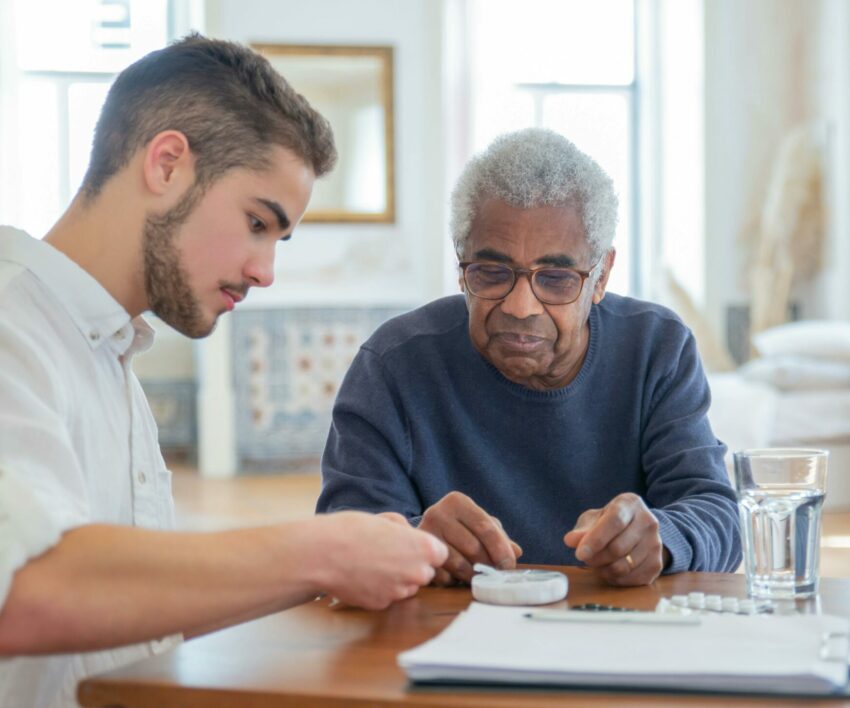
There comes a certain time in a man’s life when he needs to take extra care of the delicate parts of his health. As the body deteriorates with age, it becomes prone to health issues that cannot be taken lightly and should be treated or prevented on time.
This for men includes regular visits to the urologist. The Byram Healthcare publication states that men don’t usually visit urologists until they are older. This is because, “The prostate changes as men age. It’s one of the only organs that continues to grow throughout your life. This can cause several complications in the urologic and sexual functioning of ageing men.”
Several researchers have shared some of the signs that flag the need for men to have urinary health care visits. These are the signs:
Erectile dysfunction
According to the healthcare above, one of the main reasons men should visit urologists is for erectile dysfunction (ED). Erection dysfunction is defined as the inability to achieve or maintain an erect penis, which often results from mental and physical factors. ‘It can be caused by stress, anxiety, depression, heart disease, obesity, and other health issues. The publication states that ED is more common in men in their late 40s and early 50s.
Enlarged prostate
The Urology Specialists of the Carolina (USC) publication mentions that when the cells in your prostate gland start to multiply, you get benign prostatic hyperplasia (BPH), also known as an enlarged prostate. “An enlarged prostate causes a man’s prostate to swell, which puts pressure on the urethra and prevents urine from passing. With an enlarged prostate, you are likely to experience symptoms such as trouble urinating, needing to urinate frequently, dribbling after urination ends, or the sensation of your bladder being full even when it is empty.”
Prostatitis
This is also referred to as a prostate infection, according to the USC, prostatitis is the result of swelling or inflammation of the prostate and the surrounding tissue. “Prostatitis is a rather frequent infection among elderly men; half of all men may encounter it at some point in their lives.” The publication mentions the four types of prostatitis which are; acute bacterial prostatitis, chronic bacterial prostatitis, prostatodynia, and asymptomatic inflammatory prostatitis. It is also mentioned that treatment for prostatitis, like any other urological condition, is dependent upon the nature of the infection that you have been diagnosed with.
Urinary tract infection
Aeroflow Urology advises seeing a urologist when as a man you experience urinary tract infection (UTI). According to this publication, UTI is caused by germs entering your urinary system, bladder, urethra, and kidneys. UTI symptoms include:
- A burning or painful feeling when urinating.
- stomach aches.
- a persistent urge to urinate
- leaking tiny volumes of pee regularly (urinary retention).
- dark or bloody pee.
- fatigue or dizziness.
Urinary inconsistency
The loss of control over one’s bladder is known as urinary incontinence, states the Aeroflow Urology publication. “While it’s common among men, especially older men, it’s never normal. Two common types of urinary incontinence are stress urinary incontinence and urge urinary incontinence.” The publication explains stress urinary incontinence as the unintentional loss of urine after pushing yourself physically or by actions like laughing, sneezing, coughing, lifting, or leaping. Urge urinary incontinence is defined as the involuntary loss of pee that happens when there’s an intense, unexpected urge to urinate.
Also see: A list of foods that increase fertility in men




